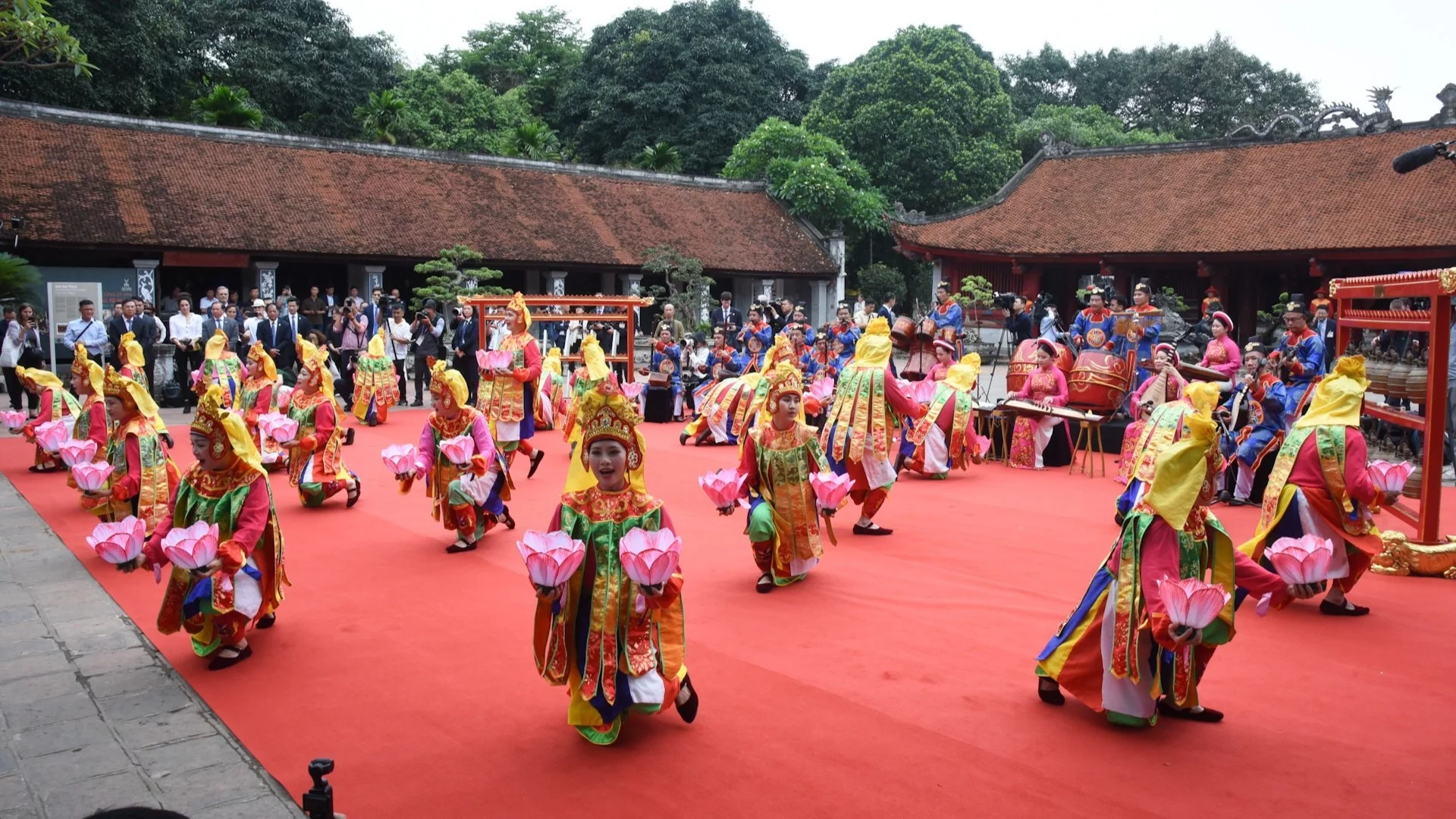 |
| Artists perform Hue Royal Court Music at the Temple of Literature - Quoc Tu Giam on the occasion of General Secretary To Lam and his wife Ngo Phuong Ly, along with French President Emmanuel Macron and his wife Brigitte Macron visiting the Temple of Literature - Quoc Tu Giam, May 26, 2025. (Photo: TRAN HAI) |
Faced with the reality that many traditional art forms such as tuong, cheo, ca tru... are gradually losing their position due to a lack of successors, less public interest, and pressure from modern forms of entertainment, creative efforts and innovative approaches are making practical contributions to preserving these valuable heritages.
In addition, in the trend of deep international integration, the expansion of diplomatic relations is creating conditions for traditional arts to be vividly present in reception and foreign affairs events. This solution is considered an effective method to help position and attract attention to national arts in contemporary life.
A typical example of this direction is the performance of Hue Royal Court Music for French President Emmanuel Macron during his official visit to Vietnam in May. The program shows that traditional arts are capable of taking on the role of cultural ambassador in national foreign affairs activities.
Recently, at the World Exhibition EXPO 2025 Osaka in Japan and will take place until October, the Vietnam Exhibition House is actively introducing and promoting the image of the country, people and culture to the international public with special performances such as: water puppetry, lotus dance, zither concert, monochord, T'rung, K'long put, bamboo flute, traditional drums...
These programs are vivid evidence of the policy of preserving and promoting heritage values in modern society and affirming the importance of traditional art in the journey of sustainable development of the country's literature and art.
Organizing traditional art performances at some state ceremonies, international conferences, cultural weeks or exhibitions all have many meanings. From a foreign affairs perspective, this is an effective way to promote the country's image and affirm the depth of national culture.
Bringing folk art together with political and diplomatic events has motivated artists to maintain their profession and practice creativity. Each appearance in important events is also an opportunity for traditional art to be introduced, honored and promote awareness of preserving national cultural identity.
This solution is highly appreciated for its practicality and ability to preserve intangible cultural heritage in parallel with other activities such as maintaining club activities, implementing performance models, dramatization, training and teaching...
However, for this direction to be effective and sustainable, managers believe that it needs to be implemented systematically with a strategic vision and synchronous investment. Traditional arts must be identified as an important element in the country's cultural diplomacy.
The State studies investment policies systematically, with clear orientations and coordination mechanisms between ministries, sectors and localities... Functional agencies such as the Ministry of Culture, Sports and Tourism and the Ministry of Foreign Affairs need to coordinate closely in developing plans and selecting performances suitable for each event, each audience and each partner country.
In addition, art units are responsible for staging high-quality, model programs that both preserve core values and flexibly and easily demonstrate international performance.
The show's content is elaborately staged, with bilingual narration in English or local language to help the audience understand Vietnamese culture deeply.
Artists participating in foreign activities must be specially trained, proficient in basic foreign languages, highly specialized and have a firm grasp of performance skills suitable for the international environment...
Source: https://baotuyenquang.com.vn/van-hoa/202507/vai-tro-cua-nghe-thuat-truyen-thong-trong-ngoai-giao-van-hoa-cec3b58/



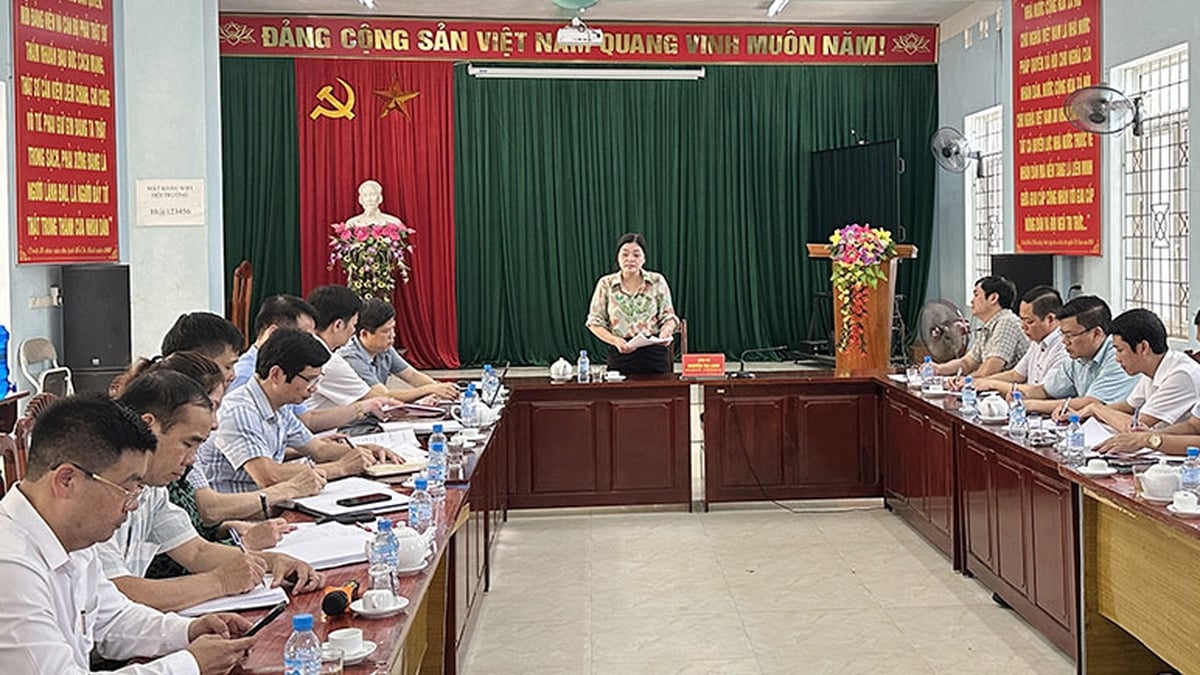
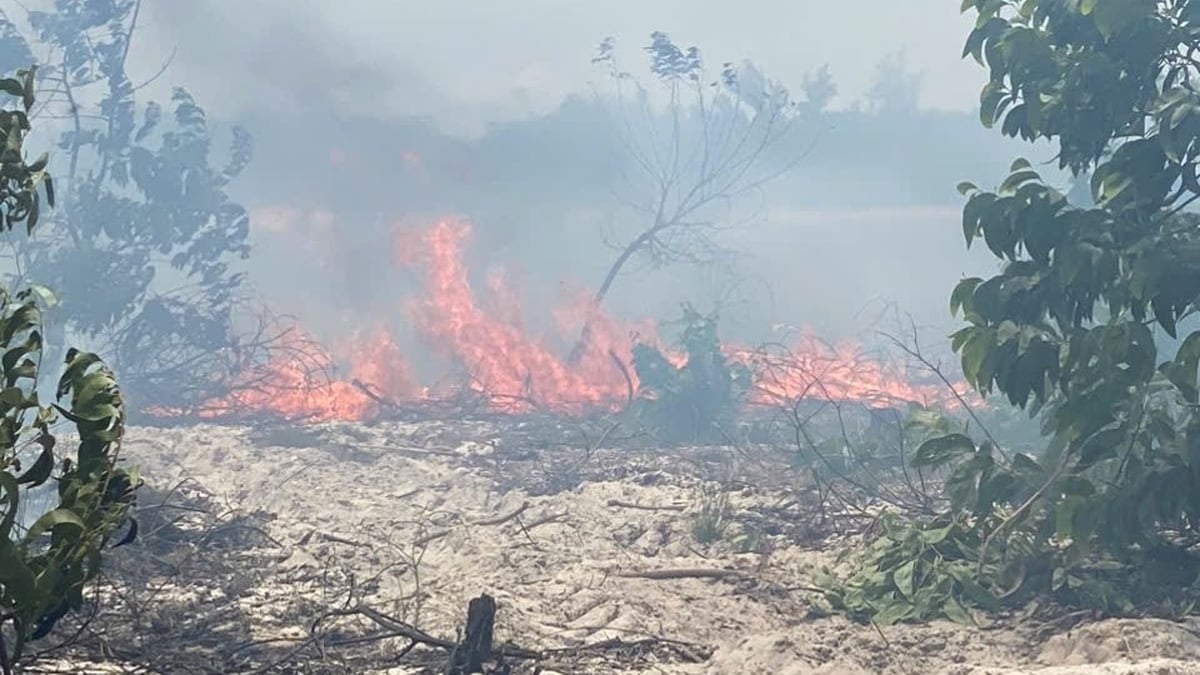

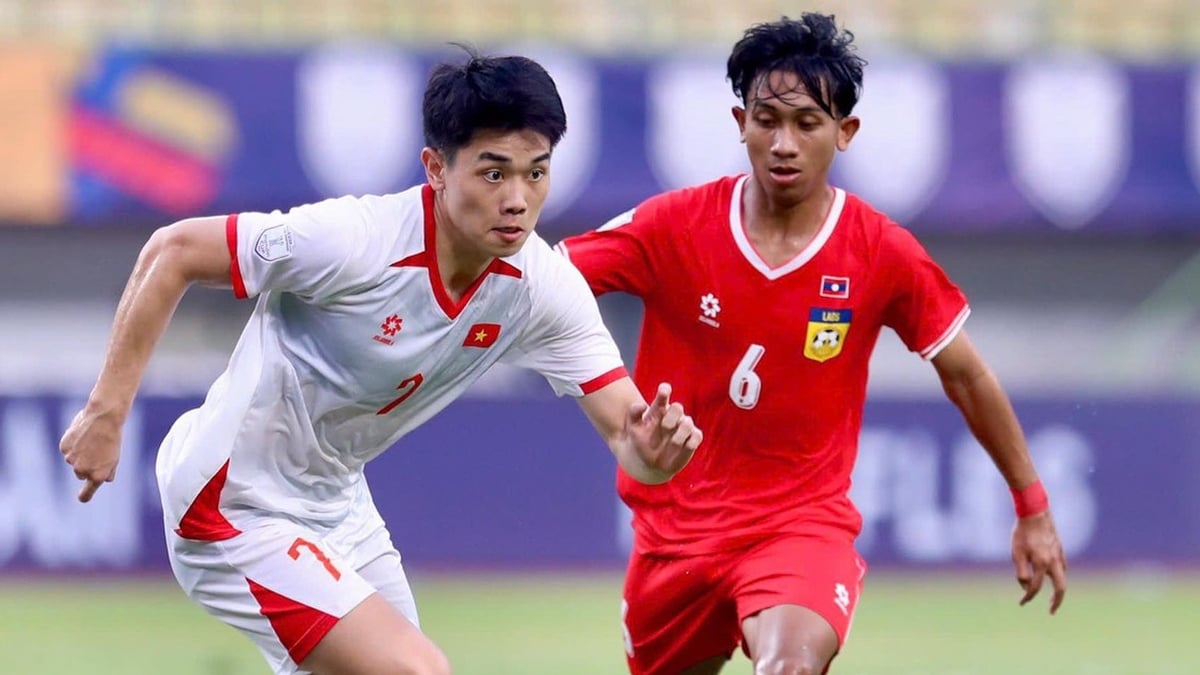
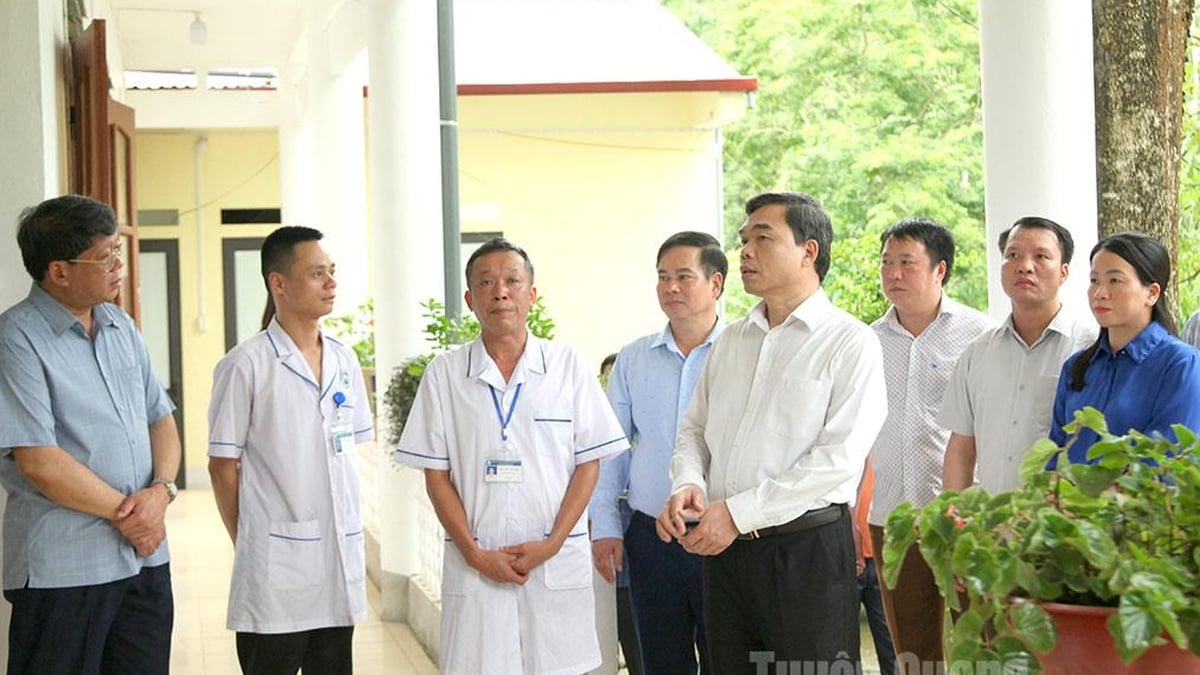

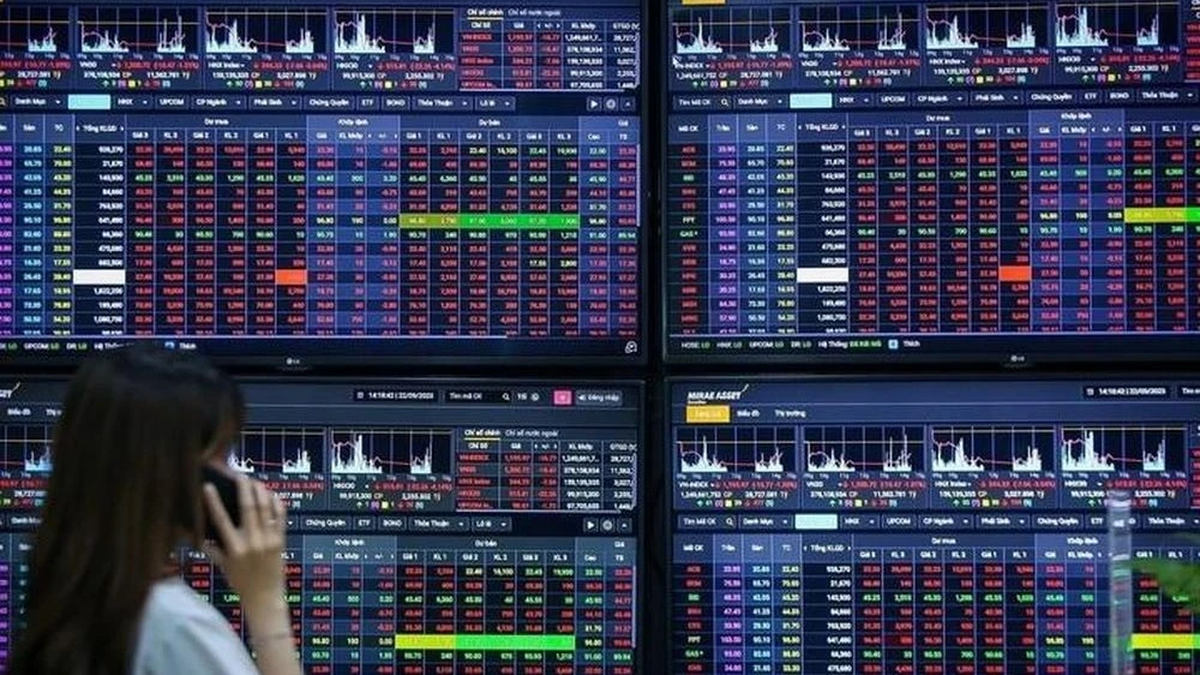
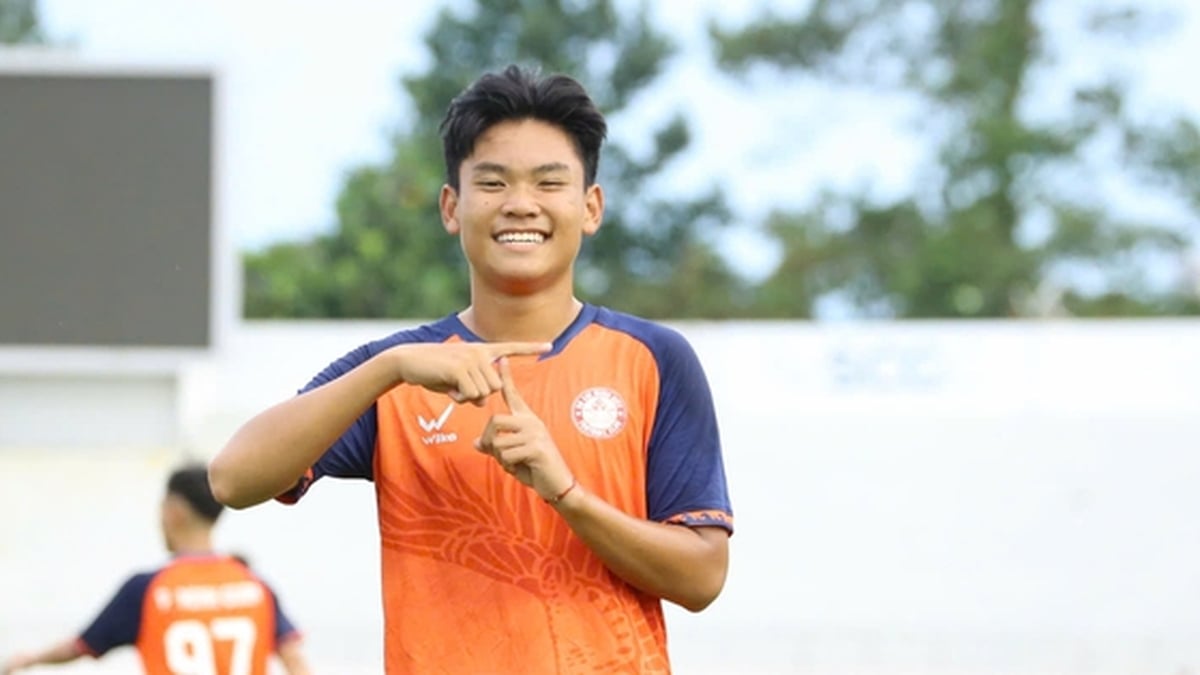
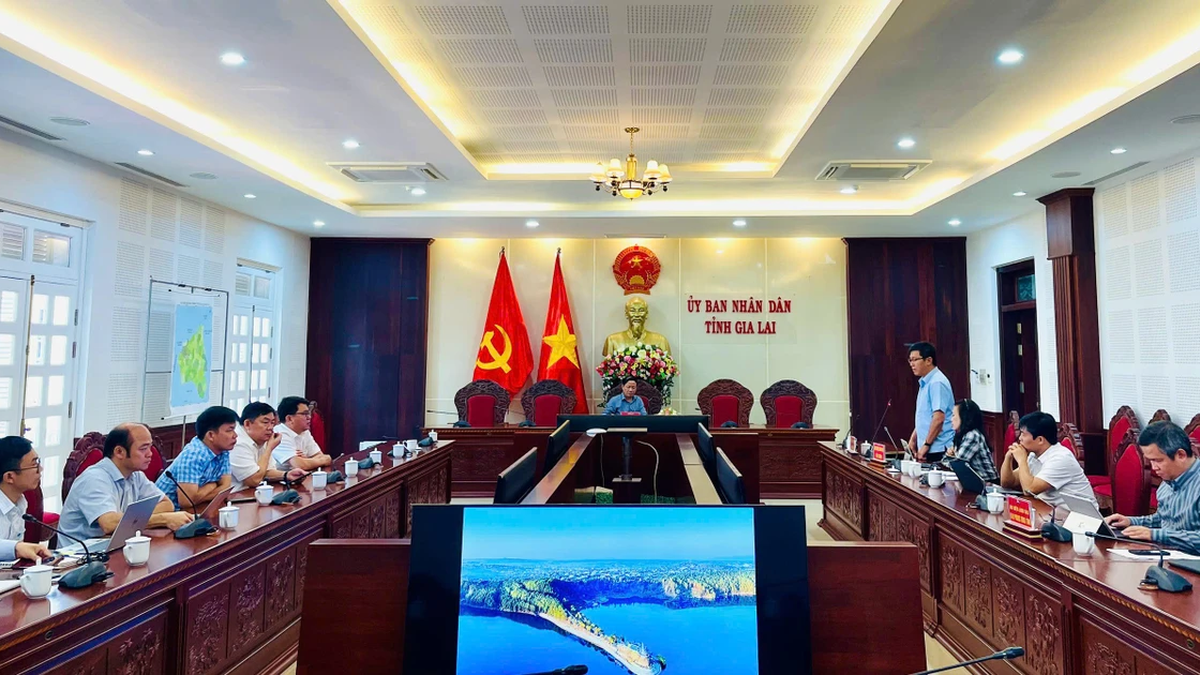






















































































Comment (0)